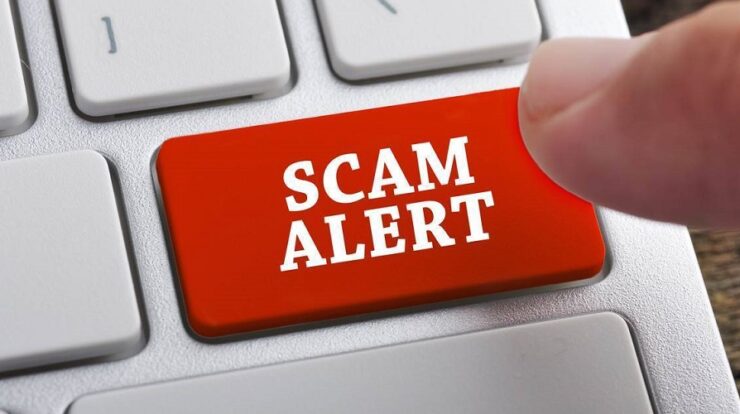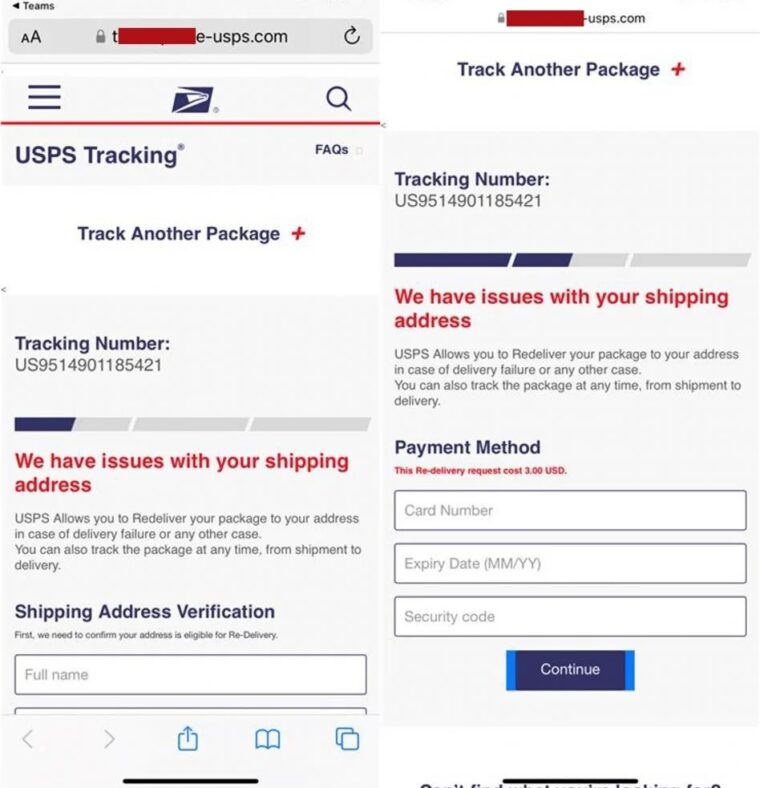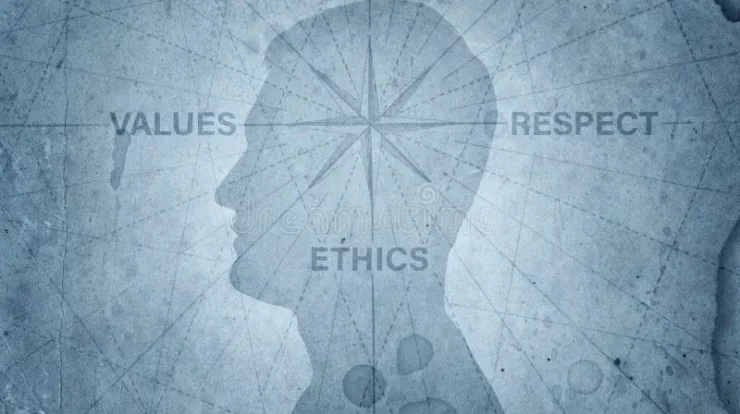
Because of the convenience and comfort that online buying provides, it has grown into a billion-dollar business. Users worldwide have grown to rely on online businesses for even the most basic requirements, willing to wait days for their desired goods to be delivered to their door. Unfortunately, scammers have begun to capitalize on this trust by approaching clients by text. If you’ve been a victim of the US9514961195221 text scam or anything similar, keep reading to find out your next steps to ensure your money doesn’t end up in the wrong hands.
What Is A Text Message Scam?
A text message scam (sometimes known as “smishing”) is a fraudulent operation carried out via text message by scam artists, similar to vishing. Scammers send unwanted messages that appear to be from a trustworthy source (in this case, the United States Postal Service or USPS), requesting recipients to click a link that takes them to a website. When users click the link, they are routed to a website that seems authentic but is meant to collect clients’ personal information. It is possible to extract information such as a user’s name, password, address, date of birth, and credit card information. The Scammers then capitalize on this information, stealing hundreds of dollars while the customer is completely ignorant.
Dissecting The “US9514961195221” Scam
Many users have recently reported receiving text messages from what seems to be the United States Postal Service informing them that there was a problem with the delivery of their order. The message indicates that to receive their delivery; customers must supply more information about themselves so that their box may be redelivered and shipped on time. The tracking number on the message is US9514961195221, which is a fake number. The text message is written to portray a sense of urgency, leading users to believe this is a serious problem that must be addressed quickly. As a result, many people may unintentionally click the offered link, leading them to a website imitating USPS. Using the same logo and sign style as the official USPS website may appear legitimate on the surface. However, you may detect various defects that distinguish it upon closer investigation.
After a user opens the website, it will begin to request personal and credit card information from the customer to pay for redelivery. Well, this information may be sold to criminals on the dark web and used for identity fraud, fraudulent transactions, or other evil motives. In certain cases, the message may instruct the customer to call a specific phone number to address their problem. Scammers may trick users into paying for bogus support services or downloading a remote control tool disguised as a computer diagnostics application.
It’s critical to understand that once scammers access a computer, they may install malware like spyware, ransomware, or Trojan horses, steal personal information, and jeopardize important information. In this method, scammers impersonate USPS, which is run by the US Federal Government–which is about as legitimate as it gets. As a result, most users who get such a message would believe that the information requested will be kept secure, allowing scammers to carry off a money-making plan easily.
How To Avoid Being A Victim To The US9514961195221 Text Scam
Finally, avoiding a text scam like the US9514961195221 comes down to being alert. When faced with a questionable text message, consider the following factors.
Tracking Number
Due to victims who have already reported it, the tracking number US9514961195221 has been noticed and designated as suspicious. As a result, any message referencing this number is almost certainly a scam and should not be trusted. However, it is conceivable that scammers will use a separate tracking number equally fake to deceive their victims. To ensure this is not the case, go to https://tools.usps.com/go/TrackConfirmAction_input and paste the suspicious tracking number. If the number is incorrect, “Status Not Available” will appear on the screen.
Spelling & Grammar
Professional organizations, such as the US Postal Service, provide complete service using many people. If a message purporting to be from a credible source has technical flaws such as bad language and spelling, it may point to something more nefarious. To avoid missing any technical errors a hasty scammer creates, read through any messages you have received thoroughly.
Generic Greeting
The text message you receive may be a sign of deception if it starts with a generic welcome that refers to you as a “user” or “customer.” Most businesses have access to your complete name based on the information you supplied at the time of sign-up, and they use it in all interactions with their clients. Although this is not a specific cause to identify a text message as smishing, it may be part of a larger picture, so approach it cautiously.
Directing Towards A Shortened Link
The most common trap set by scammers is to give users a link to a website where they are informed their problem may be fixed. These URLs may lead to fake websites that imitate authentic ones. Even if you access the link and subsequently decide not to give any information, you may still be harmed since malware such as trojan horses and spyware are downloaded in the background. Instead of clicking on links in general, go to the website directly and search for the necessary page. In this manner, you may be certain that your interaction is genuine. If you run into any problems, you may phone a customer agent who will immediately fix any problems.
Sense Of Urgency
Often, remarks in text message scams are written to invite immediate, emotional responses. The aim is for the receiver to reply to the communication as soon as possible so they do not spend too much time debating its reasoning. Scammers most frequently use fear to scare users into believing they have done something wrong that, if not corrected soon, would result in significant loss. If you receive a text message with the words “urgent” or “hurry,” it may be prudent to take some time to investigate the message before acting. In this manner, you may be certain of your future steps and avoid a disaster.
Steps To Take If I Receive A Fraudulent Message
Smishing efforts are all too prevalent; therefore, the likelihood of you being faced with a text message scam like US9514961195221 is rather high. If you’ve followed the steps above and determined that the message you received is fake, you may take a few steps to ensure the security of your data and funds.
- Never click any links.
- Delete the message from the Inbox and then from your phone’s Recently Deleted folder.
- Block the phone number from which you received the text message.
- Perform a security check on your phone to ensure no malware is installed.
- To ensure optimal protection, update your phone to the most recent version of Android or iOS.
- File a complaint with USPS to identify the source of such scam messages. To ensure that others do not fall prey to this trap, send a screenshot of the text
- message and the number from which it was received to spam@uspis.gov.
Conclusion:
Every interaction in the age of cell phones and texting is measured by speed and convenience. Also, the fast-paced nature of our lives has created an opportunity for scammers to defraud hundreds of dollars with minimal effort by relying on users’ dependence on technology. It is critical to be cautious about online contact at this time to avoid becoming a victim.




